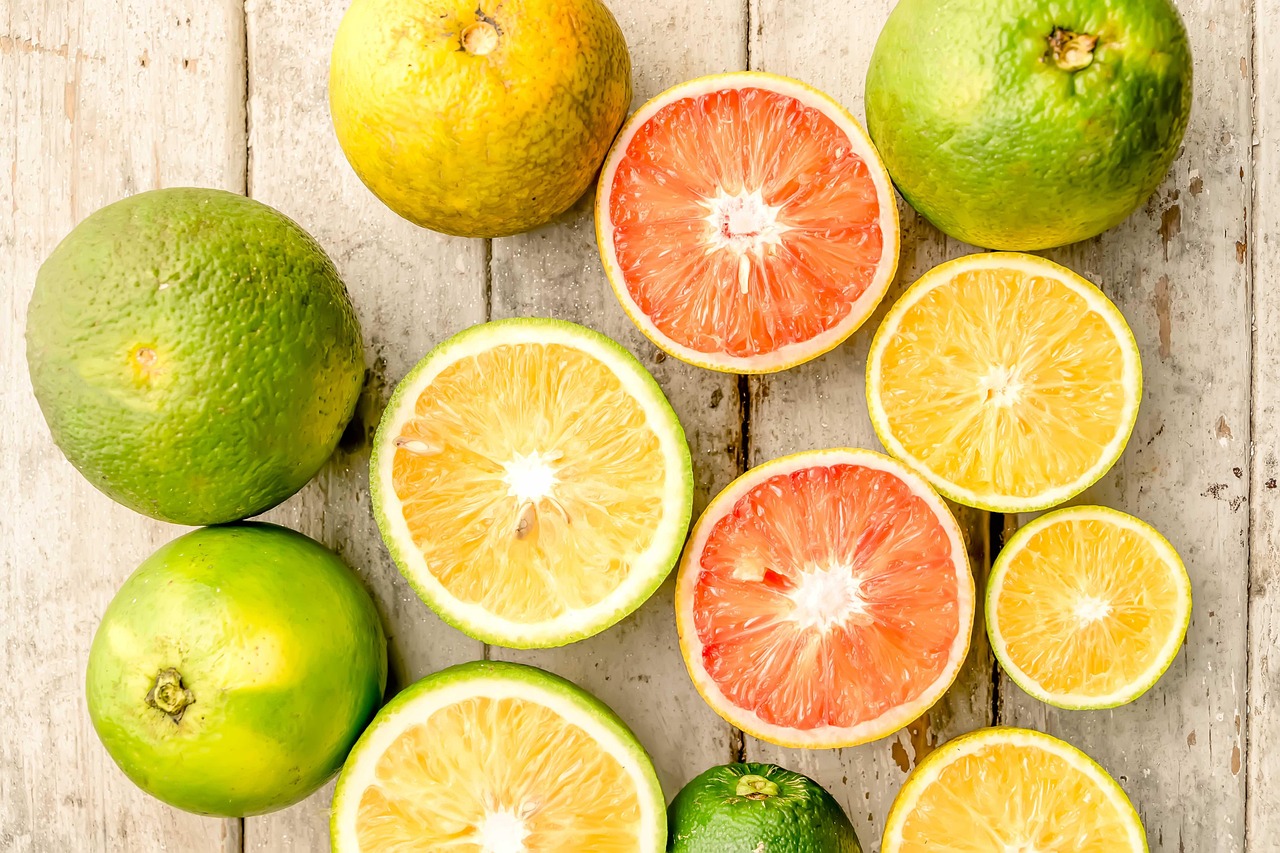“`html
In recent years, the high-protein diet has surged in popularity, attracting health enthusiasts and fitness aficionados alike. This dietary approach emphasizes the consumption of protein-rich foods to promote weight loss, muscle gain, and overall well-being. But what makes a high-protein diet so appealing, and how can individuals incorporate it into their lifestyles effectively? In this comprehensive guide, we’ll explore the benefits, meal planning strategies, protein sources, and practical tips for adopting a high-protein diet.
Understanding a High-Protein Diet
A high-protein diet typically involves allocating a significant portion of daily caloric intake to protein sources. While recommendations can vary, most advocate for protein to comprise 25-30% or more of total daily calories.
What Constitutes a High-Protein Diet?
- Daily protein intake of at least 1.6 grams per kilogram of body weight.
- Increased focus on lean proteins, like chicken, fish, eggs, legumes, and tofu.
- Balancing protein with healthy fats and carbohydrates for a well-rounded diet.
Key Benefits of a High-Protein Diet
- Weight Management: High-protein diets can lead to greater satiety, reducing overall calorie intake.
- Muscle Preservation: Effective for those looking to build or maintain muscle mass during weight loss.
- Metabolism Boost: Increased protein intake can enhance metabolic rate and calorie burn.
- Improved Recovery: Essential for athletes and active individuals to speed up recovery after workouts.
High-Protein Foods to Consider
Understanding which foods are rich in protein is essential when embarking on a high-protein diet. Here are some top protein sources:
Animal-Based Protein Sources
- Chicken Breast: Contains approximately 31 grams of protein per 100 grams.
- Fish (Salmon, Tuna): Provides around 22-25 grams of protein per 100 grams.
- Eggs: A large egg contains about 6 grams of protein.
Plant-Based Protein Sources
- Legumes (Beans, Lentils): Offer 15-30 grams of protein per cooked cup.
- Tofu and Tempeh: Tofu has about 8 grams per 100 grams, while tempeh provides about 19 grams.
- Nuts and Seeds: Almonds have about 21 grams of protein per 100 grams, making them a great snack option.
Meal Planning for a High-Protein Diet
Planning is crucial for successfully implementing a high-protein diet. Here’s how to structure your meals:
Creating Protein-Rich Meals
- Breakfast: Start your day with a protein-packed meal like scrambled eggs with spinach or a Greek yogurt parfait.
- Lunch: Opt for a quinoa salad topped with grilled chicken and chickpeas.
- Dinner: Choose baked salmon with steamed broccoli and brown rice.
- Snacks: Incorporate protein shakes, cottage cheese, or a handful of nuts.
Sample High-Protein Meal Plan
- Breakfast: Overnight oats with protein powder, topped with berries.
- Snack: Hard-boiled eggs.
- Lunch: Turkey wrap with whole-grain tortilla and plenty of vegetables.
- Snack: Hummus with carrot sticks.
- Dinner: Stir-fried tofu with vegetables over brown rice.
Tips for Sustaining a High-Protein Diet
Transitioning to a high-protein diet can be challenging, but with these tips, you can make it manageable:
Incorporate Variety
- Try different protein sources to prevent monotony.
- Experiment with new recipes to discover creative ways to incorporate protein into each meal.
Track Your Intake
- Use apps like MyFitnessPal to monitor your protein consumption.
- Be mindful of portion sizes, ensuring you meet your daily protein goals without excessive caloric intake.
Stay Hydrated
Increasing protein can lead to dehydration. Drink plenty of water to maintain hydration levels, especially if you’re increasing fiber intake from legumes and whole grains.
Conclusion
A high-protein diet can offer numerous health benefits, including effective weight management, muscle preservation, and enhanced recovery. By understanding protein sources, planning balanced meals, and incorporating variety into your diet, you can enjoy a satisfying and nutritious dietary lifestyle. Remember to consult with a healthcare provider or nutritionist before making significant dietary changes, especially if you have underlying health conditions. By embracing a high-protein diet thoughtfully, you can harness its full potential for your health and wellness journey.
“`






